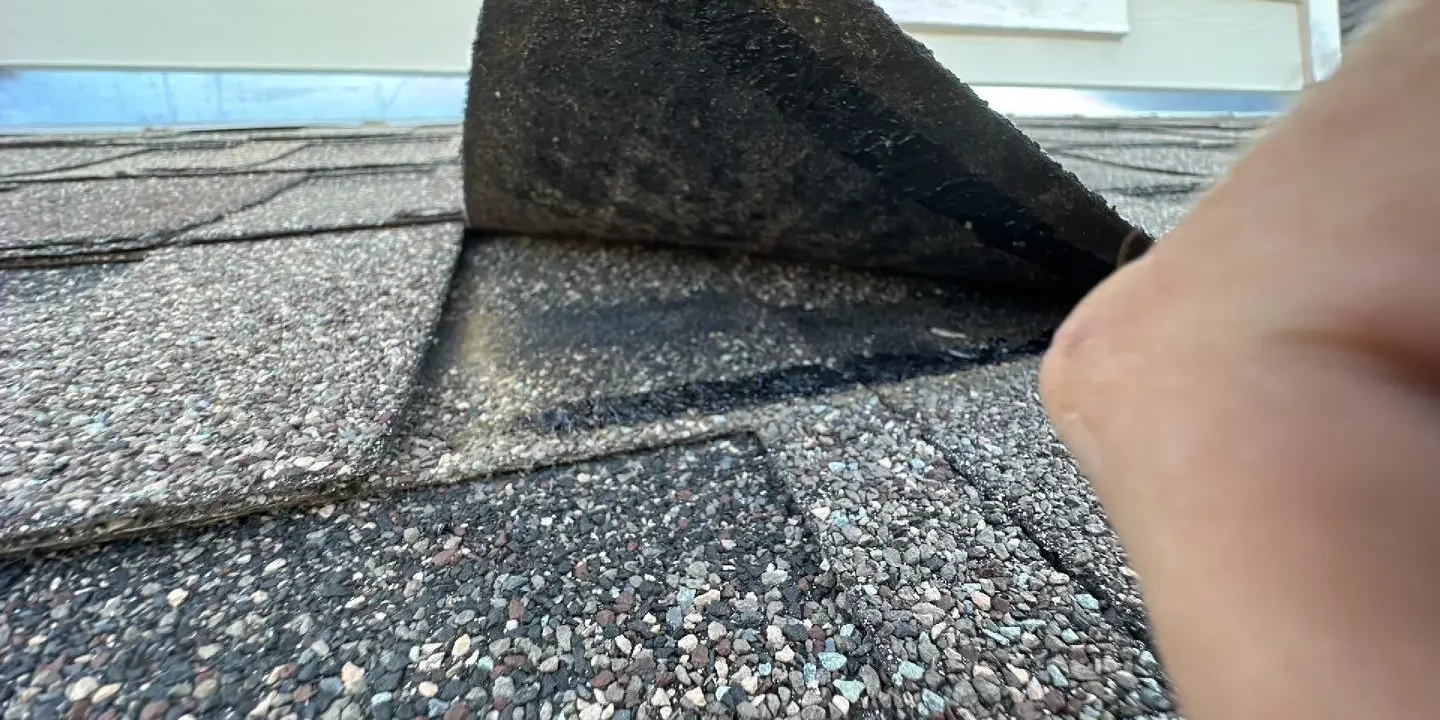Exploring the Drawbacks of Roof Overlay Versus Complete Roof Replacement
Introduction
When faced with roof repairs, homeowners and property managers often consider an overlay as a seemingly quick and cost-effective solution. However, this method, which involves installing a new layer of shingles over the existing roof, might not always be the best choice. Understanding the drawbacks of roof overlay can help you make a more informed decision about maintaining the long-term integrity of your property.
The Hidden Costs of Roof Overlays
Warranty and Longevity Concerns
One of the primary concerns with roof overlays is the potential voiding of shingle warranties. Manufacturers typically offer warranties that cover defects and sometimes labor, but these are only valid if the shingles are installed according to specific standards. An overlay compromises these standards by not addressing underlying issues, potentially leading to premature failure of the new shingles without warranty protection.
Increased Structural Stress
Adding a layer of shingles adds significant weight to a roof structure. This is critical in regions with heavy snowfall or severe weather conditions, where the extra weight could push a weakened structure to its limits. By stripping the roof to the decking, you ensure that only the necessary materials are used, maintaining structural integrity and compliance with local building codes.
Compromised Energy Efficiency
Another downside to roof overlays is the impact on a building’s thermal performance. Additional shingle layers can trap heat, leading to increased cooling costs and reduced overall energy efficiency. In contrast, a complete replacement allows for the integration of modern, energy-efficient materials and technologies that reflect heat and reduce energy consumption.
Best Practices for Roof Replacement
Comprehensive Damage Assessment
Complete roof replacement begins with a thorough inspection of the existing roof deck and structure. This step is crucial to identify any hidden damages or vulnerabilities that could compromise the new roof’s performance. Unlike overlays, where underlying issues can remain undetected, a full replacement ensures that all aspects of the roof are up to current safety and performance standards.
Long-Term Investment Benefits
Investing in a complete roof replacement rather than an overlay can offer longer-term benefits, including improved roof performance, enhanced curb appeal, and increased property value. It also allows for the opportunity to upgrade roofing materials and incorporate advanced technologies such as solar tiles or better insulation systems.
Professional Installation
For residents in Littleton, CO, GCCS Roofing, Inc. provides expert roofing services, ensuring that every new roof installation is performed with precision and care. Opting for professional installation guarantees that the roof will be constructed according to the highest industry standards, with attention to detail that protects your investment and enhances your property’s safety and aesthetics.
Conclusion
Choosing between a roof overlay and a complete replacement involves considering several factors, including cost, structural integrity, energy efficiency, and long-term property value. While an overlay might seem like a cost-effective option, the long-term benefits and protections offered by a complete roof replacement make it a worthwhile investment for any property owner. Making the right choice will ensure your roof is safe, efficient, and durable, providing peace of mind and reducing future expenses.







